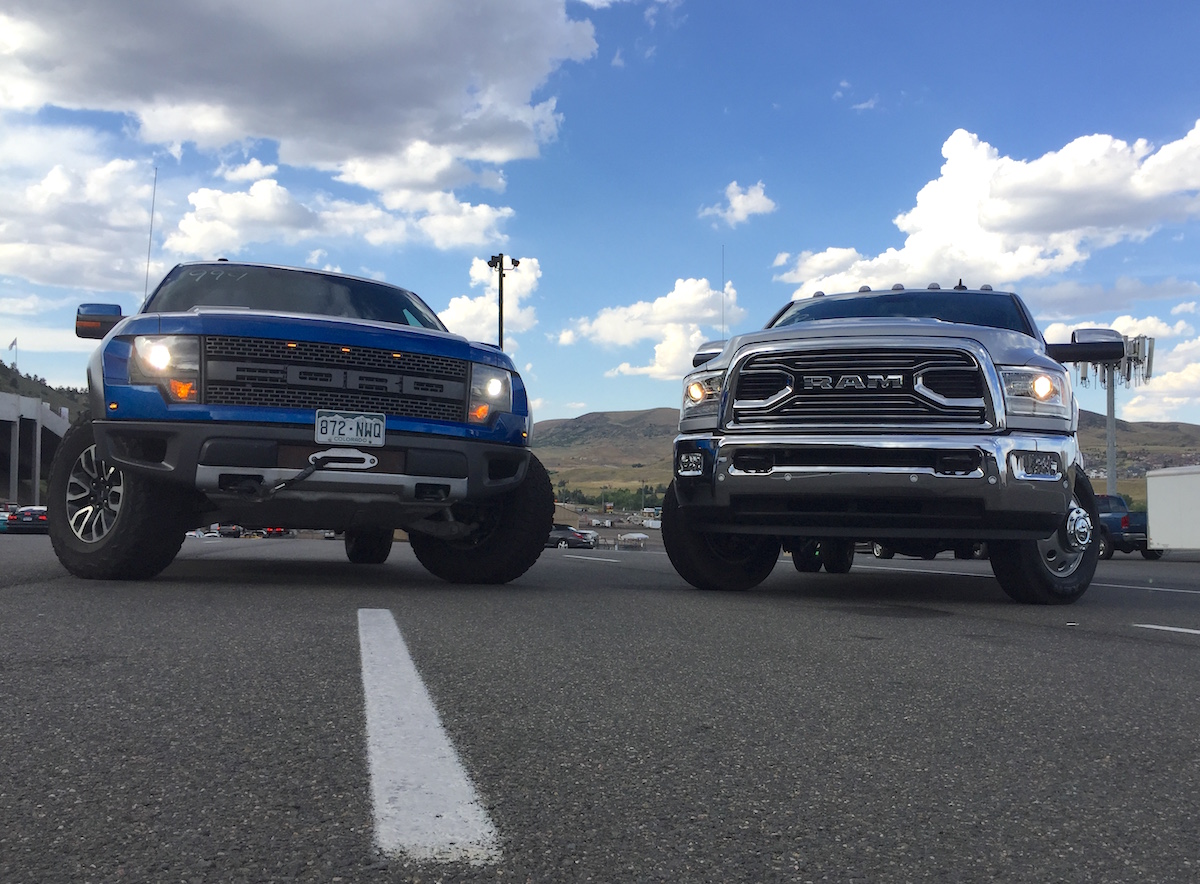
Polaris’ newest and most advanced vehicle – the 2018 Polaris RZR XP Turbo DYNAMIX – takes the idea of what a personal off-road toy can be and elevates it another level with a high-tech active suspension system. Think of it as a regular XP 1000 Turbo with a significant suspension upgrade. Is the new DYNAMIX suspension worth the wait and the extra money? Does it make that much of a difference? We drive the latest “Razor” to find out.
Full disclosure: Chevrolet and Polaris invited and flew out TFLtruck to Las Vegas, NV for a first drive of their new Chevy Tahoe and the 2018 RZR. While there, we filmed an abbreviated towing test with the 2018 Chevrolet Tahoe Custom and took the Polaris RZR XP Turbo DYNAMIX into the Nevada desert.

The DYNAMIX side-by-side is powered by the turbocharged 168 horsepower, 925cc, two-cylinder, four-stroke engine which sends power to rear or all four wheels via a continuously variable transmission (CVT). This four-wheeler has lots of power at any speed, and the power comes on smoothly without noticeable turbo-lag.
According to Polaris, “DYNAMIX is smart enough to monitor driver and vehicle inputs hundreds of times per second, capable enough to continuously adjust each individual shock on-the-fly, and so dynamic that instead of having to choose between a plush ride or performance, you now get the best of both every time you ride.”
For comparison, we also drove a regular RZR XP 1000, with its standard suspension, before trying out the new active suspension. What does this system feel like? Simply put, Andre and I agreed that, in “Comfort” mode, the Polaris RZR XP Turbo DYNAMIX felt and looked like a “trophy” off-road racing truck, floating over nasty desert terrain. That’s a good thing.

Suspension Modes:
Comfort: This is a plush, comfortable mode. When engaged, it irons out small bumps and obstacles while easing the shock of rebound. The steering response was noticeably spongy. It turned out that this was our favorite mode for running the desert at higher speeds.
Sport: Up one level from Comfort, the “Sport” setting sharpens steering feel/response and tightens the suspension a bit. This setting felt a lot stiffer than the Comfort mode, but the performance felt about the same. This setting feels close to how the regular Polaris RZR XP 1000 feels.
Firm: Stiffer steering, suspension and overall driving response – the Firm setting is what you want to use when you’re serious about high-speed performance and anticipate doing a lot of jumping in your RZR. Everything is as tight as the system can make it, and it will rattle you on washboard trails.

There are a variety of other benefits baked into the fully-adjustable suspension; namely, its ability to absorb a jump by automatically stiffening the suspension when the system recognizes the vehicle is in the air. No one else is doing this, and they should. Polaris is definitely flexing their technical know-how muscle with this one.
One final item of note: the technical upgrades in the Polaris RZR XP Turbo DYNAMIX are immediately apparent when you turn the key. The center-screen is completely digitalized (LED touchscreen), there is a rear & front view camera moniter setup, and you can configure a full entertainment system via your smart-phone’s Bluetooth or other device.
The Polaris RZR XP Turbo DYNAMIX rings the register at an eye watering $25,999. Dealers will have this smooth-riding RZR soon.
















![Which is More Reliable: 3.5L EcoBoost or 5.0L V8? [Reader Question] Second-generation 3.5-liter EcoBoost engine](https://tfltruck.com/wp-content/uploads/2016/05/Second-generation-35-liter-EcoBoost-engine.jpg)
![Which Silverado Engine to Get: 5.3L or 6.2L V8? [Ask TFLTruck] 2016 chevy silverado](https://tfltruck.com/wp-content/uploads/2015/10/2016-chevy-silverado-grille.jpg)
